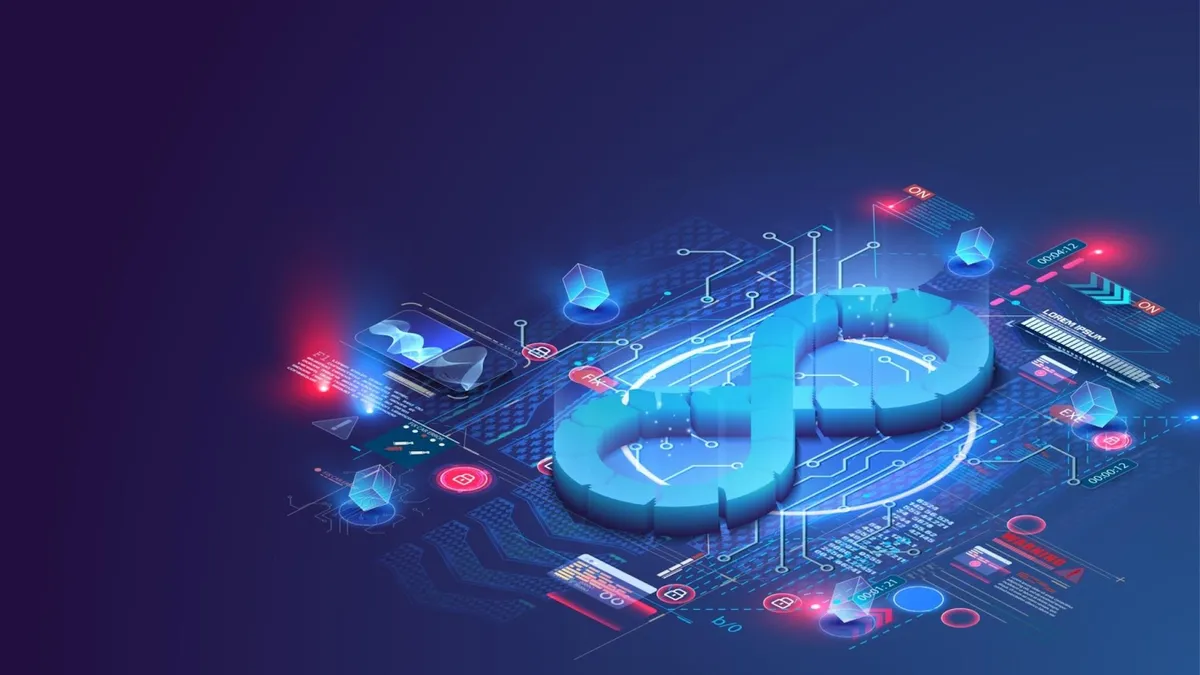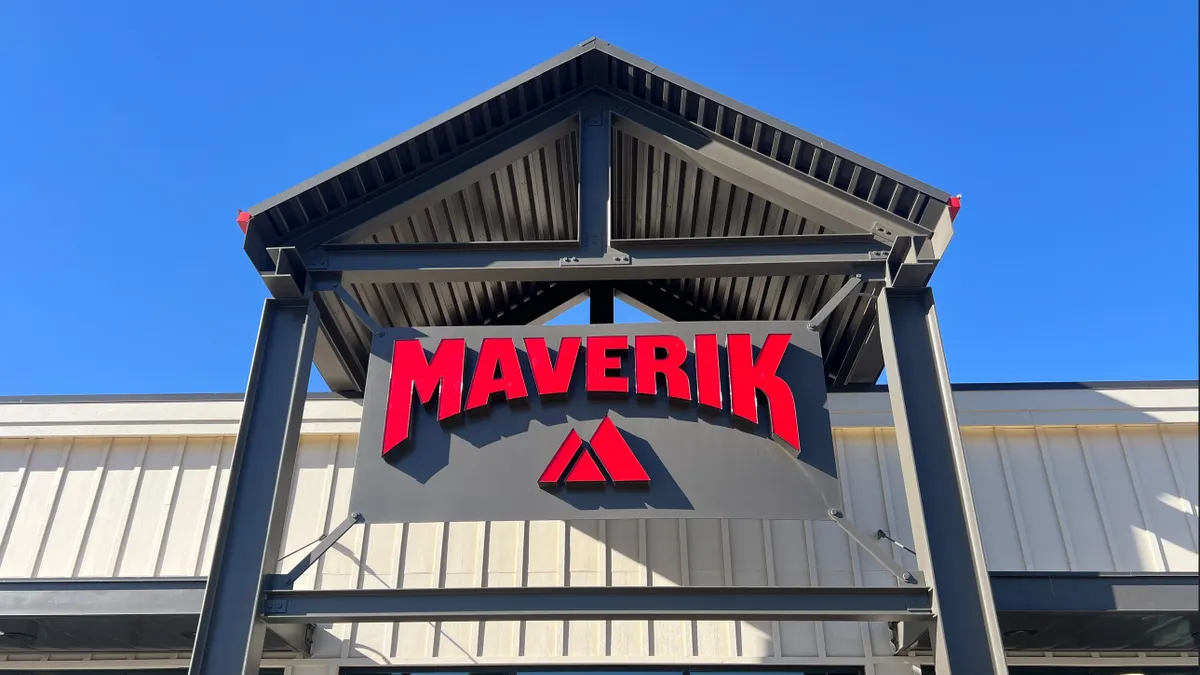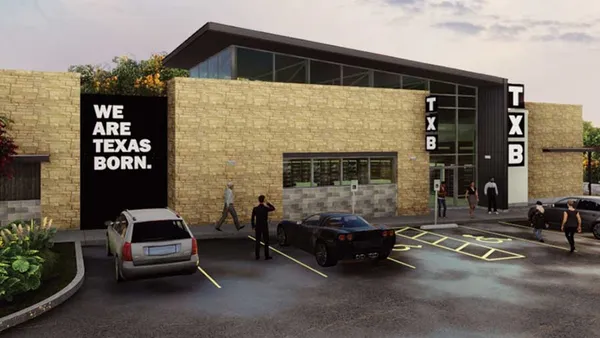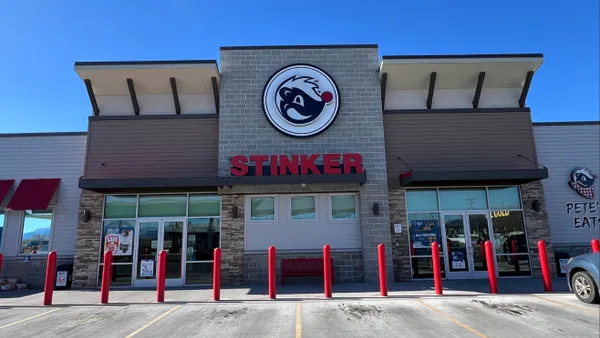You’ve likely heard that device automation is the way forward for innovative retailers, but you may be asking yourself why. While device automation has numerous benefits, one of the most advantageous — especially in this economy — is OpEx reduction. By leaning into device automation, you can lower operating costs, deliver faster improvements, reduce downtime and more.
Automatically provisioning devices onsite for truly seamless setup
What does your typical device provisioning process look like? In many cases, it involves a team of people either provisioning devices at a central location and then shipping them to the final location. In others, IT technicians may either hand-deliver and set up the device or handle provisioning onsite after a device arrives.
Either way, these are time-consuming, high-cost ways to implement new hardware. And it doesn’t matter if we’re talking about POS systems, kiosks, digital signage or anything else — if you’re not automating your provisioning process, then you’re wasting resources.
Depending on the operating system you’re working with, different provisioning options are available. For Android, options include 6-tap QR code, Google Zero-Touch Enrollment, Knox Mobile Enrollment for Samsung devices and several others. You can also use advanced device management tools like Esper to further alleviate challenges — we even offer a completely hands-off solution called Seamless Provisioning. Seriously, you don’t even have to touch it.
By leveraging a device infrastructure platform like Esper, any of these provisioning methods can be automated in ways that you may not have realized are possible. Everything from automatic Wi-Fi connectivity to profile setup, app installation and even security measures can be implemented using a pre-configured framework designed by you, with your specific needs. Set it up once, then use it on hundreds or thousands of devices.
Updates keep you awake at night? Push them automatically with staged rollouts
When you work in retail, downtime is unacceptable. That’s why regularly updating your devices’ operating system and apps is crucial — but how do you do that without disrupting day-to-day operations? Historically, that means IT pulling an all-nighter to push updates and make sure they don’t break anything, then scrambling to fix it if something catastrophic happens.
But there’s a better way: staged updates. In cloud-based application development, there’s a concept called pipelines that allows developers to push updates, test them and roll them out in an automated but highly-controlled way. Esper enables this sort of functionality for your devices, so you can push app or OS updates to any number of devices at one time.
This means you can set up a device lab at HQ and start the update process there. If everything looks good, Esper’s system can automatically push that same update to the next phase of devices — all without any interaction from, well, anyone. And if there’s a problem? The update stops so you can address it before continuing. Best of all, you can set the schedule ahead of time, which means no more all-nighters for IT. You’re welcome.
Being more proactive about updates has several advantages, like improved app (and device) security, the ability to frequently deliver new experiences to end-users and, of course, decreased operating costs. That’s a win-win-win. Win. One more for good measure.
Integrate APIs and SDKs with your existing development tools
All that is well and good, but if it means more work for your developers, then it seems like a moot point, right? Not always.
With the right API and SDK integrations, you can bundle these features with tools your developers are likely already using. For example, Esper offers APIs that integrate directly with Android Studio. Similarly, we offer SDK support for Python, so you can control and manage your devices using advanced APIs via a command line interface (CLI).
With the power of APIs and the CLI, you can up your automation gain far beyond what a simple visual interface can provide. You can automate full device groups, deploy specific application versions to a subset of devices, automate device tagging and much, much more.
Automation is the future of device management — stop wasting money on manual strategies
You know that a scalable device strategy is a core component of your business model moving forward, so the time is now to start optimizing. From self-checkout kiosks to inventory management systems and standalone POS systems, Esper can not only help you manage your device fleet, but streamline everything from provisioning to updates.
When seamless deployment, remote management and device automation are important, Esper is the right partner for the job. Schedule a demo with us today to see everything you’re missing out on.










